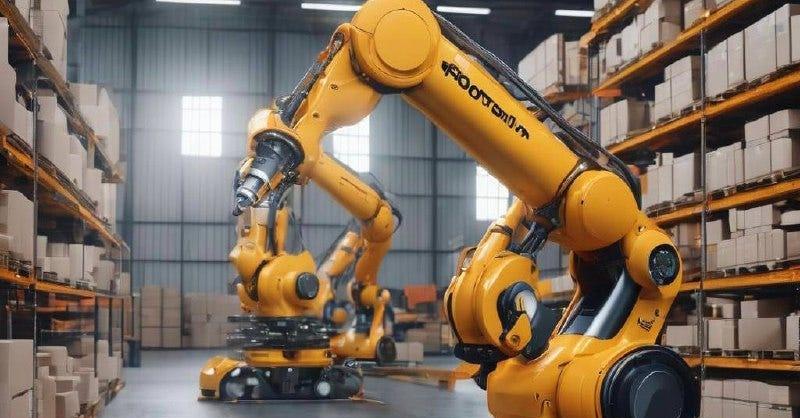The future of warehousing looks set to be highly automated. There are certain tasks that can be performed far more accurately, quickly and cheaply by machines than they can be by humans. Let’s take a closer look at automation, and the potential it has to transform logistics and warehousing over the years to come.
Introduction to Automation
When we think of warehousing automation, it’s easy to imagine a fleet of forklift-equipped drones, zipping from place to place and fulfilling orders. But this is only a very narrow slice of what these technologies are really about.
If you are using software to perform tasks that would otherwise be performed by a human being, then you are automating. You might think of the system via which you manage your warehouse, or take inventory. If you’re scanning a barcode rather than writing a product description down on a clipboard, then you’re automating.
Now that machine-learning algorithms and data analytics are getting more sophisticated, warehousing operations can be made much more efficient.
Advantages of Automation
So, what’s driving these changes? To begin with, the technology is now available, where it wasn’t before. The advantages of automating are considerable, and worth addressing in turn.
Efficiency and Speed
Automated tasks are performed more quickly and efficiently, almost by definition. It’s quicker to scan a barcode than it is to manually check it. The same principle applies to every other facet of robotics and automation, as well as digital inventory more broadly.
This all means that processing time can be driven down, and orders can be fulfilled more quickly.
Accuracy
As well as getting everything done more quickly, an automated warehouse can cut out many of the errors that result from leaving everything to human beings. Accuracy is driven up; costly mistakes are driven out.
Cost Reduction
Machines need to be paid far less than human workers. This applies whether the workers themselves are administrators or manual laborers. Automation means a lower wage bill, and lower operational expenses. It also allows us to make better use of the resources available to us.
Scalability
The demands on a given warehouse might fluctuate over time. The business might suddenly grow, or contract. In an automated warehouse, we can quickly adjust to this demand, since the capacity of the facility will be less contingent on the number of staff available.
Key Automation Technologies
Let’s run through a few of the standout pieces of technology under the automation umbrella.
Robotics
Robots can be used for a range of tasks. In many cases, there’s a specific robot for each one. Orders can be picked from shelves, packed up, and delivered by robots that are far stronger and more durable than human workers. Robots sense the world around them via components like capacitive proximity sensors.
Warehouse Management Systems (WMS)
Here, we’re looking at a kind of software that assists warehouse managers in understanding the goings-on in the warehouse. Through software like this, processes can be optimized and efficiency can be driven upward.
Automated Guided Vehicles (AGVs)
This is a special kind of vehicle that navigates the warehouse via a special strip or wire running underneath it. The route needs to be predetermined, but these vehicles play an important role in large environments where heavy loads need to be regularly ferried back and forth.
RFID and Barcode Technology
These technologies allow us to easily and quickly keep track of our inventory. This can save enormous amounts of time and energy. Best of all, it’s incredibly cheap to implement.
